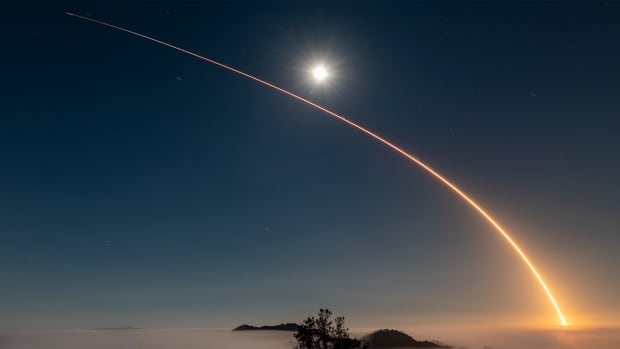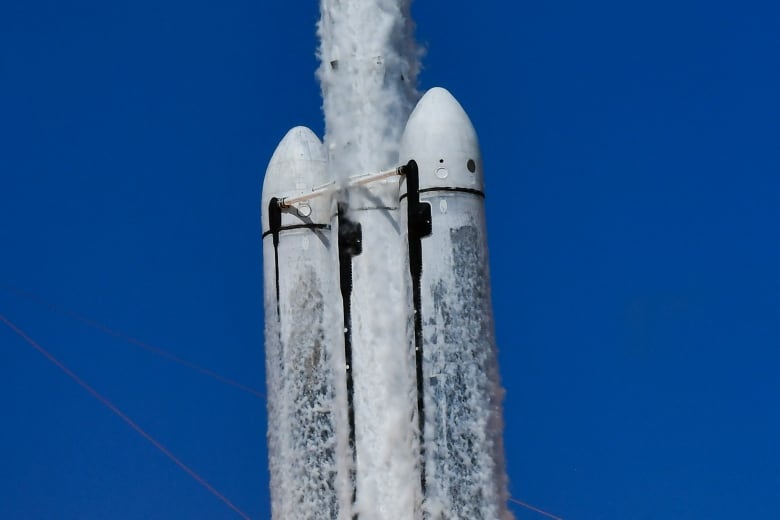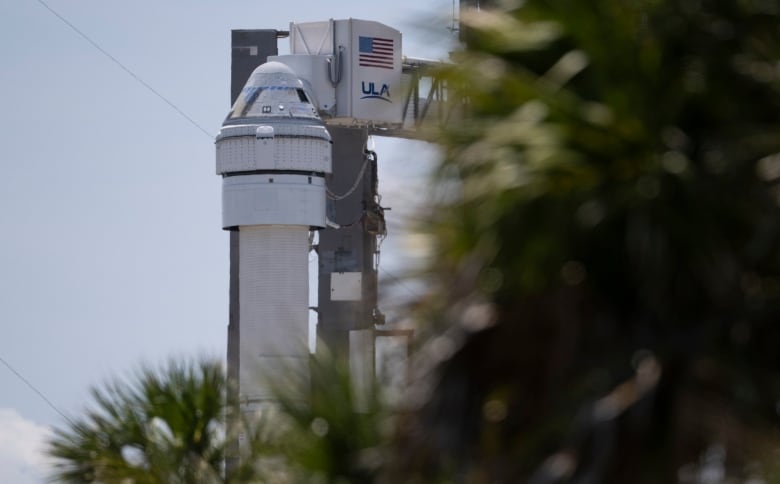
On Tuesday, Oct. 15, SpaceX launched its 100th rocket this year, then sent its 101st aloft two hours later, both in their medium-lift launch vehicle known as Falcon 9. This surpassed its own record of 98 launches in 2023 and is a prime example of how the company is redefining low cost access to space, thanks in part to its reusable rockets.
And those record-breaking rockets weren’t the only recent major accomplishments by SpaceX. On Oct. 14, their heavy-lift launch vehicle, the Falcon Heavy, sent the Europa Clipper orbiter, the largest interplanetary probe ever built, on its way to Jupiter and its icy moon.
And the day before that, the world’s largest and most powerful launch vehicle, SpaceX’s Starship with its Super Heavy rocket booster, performed its third successful test flight out of five, where they accomplished an astounding feat. Not only did its booster rocket return, but it was caught mid-air with a giant chopstick-like contraption called Mechazilla.
On Oct. 9., a Falcon 9 launched the European Space Agency’s Hera spacecraft, which is on its way to check the damage done to an asteroid that was hit and smashed apart by NASA’s Dart mission. The mission was an attempt to deflect the asteroid in September of 2022, which incidentally also launched on a SpaceX Falcon 9.
That makes five milestone flights in less than a week by a private company, which is something NASA and its other private competitors are not capable of doing.
SpaceX continues to demonstrate that access to space doesn’t need to follow the expensive, wasteful means of the past. The secret to that success is that it uses its own reusable rockets.

Throughout the history of the space program, going all the way back to Sputnik, the very first satellite in 1957, spacecrafts have been sent aloft on disposable rockets that are used once and thrown away.
If you could see through the ocean off Cape Canaveral in Florida, you’d see the sea floor littered with rocket debris.
The exception was the space shuttle program, but those spaceships ended up being very expensive to fly, costing about $2 billion per launch, according to NASA, and two of them were destroyed in flight, killing a total of 14 astronaut. A Falcon 9 launch costs about $85 million.
All other space launches by every space-faring nation have used disposable rockets. That is not the most efficient way to fly rockets.
Imagine what the cost of an airline ticket would be if you boarded an international flight and the plane was thrown away after landing, then a new one was built to bring you home.
NASA has a political incentive to continue providing jobs for many different states across the U.S., that build components for their super heavy-lift launch vehicle, the Space Launch System (SLS). Those outsourced parts are then assembled at Cape Canaveral.
So far, the SLS has flown once when it launched in November 2022 on a 25-day unmanned flight to the moon, and won’t fly again until at least 2025, when it will carry Canadian astronaut Jeremy Hanson beyond the moon and back.
Each SLS flight costs about $5.6 billion, according to NASA, and these giant rockets are only used once, which means the multi-billion dollar boosters have a working lifetime of about eight minutes. That’s the time it takes to reach Earth’s orbit.
SpaceX has mastered the art of recycling their rocket boosters that do the heavy lifting to punch the launch systems out of Earth’s atmosphere. The Falcon 9 rocket boosters steer themselves back from space to pinpoint landings on an offshore platform or landing pad on shore. Out of 379 launches, 310 have used recycled rocket boosters, with one flying 22 times.
Falcon 9 B1062 completes a record-breaking 22 flights!<a href=”https://t.co/pXRvoaGmBX”>pic.twitter.com/pXRvoaGmBX</a>
—@JennyHPhoto
The Falcon Heavy rocket was not recovered after launching Europa Clipper because the spacecraft was so massive and traveling so far, all the fuel was needed just to send it to Jupiter. But the rocket is capable of re-use with smaller payloads.
Capturing the super heavy booster in mid-air with the chopsticks on Oct. 14 was a historic first, but the ultimate plan is to turn the rocket around and set it back on the launchpad, allowing it to take off again in as little as 30 minutes after it’s refueled.

SpaceX has become the rocket company of choice for NASA, other countries, and even the military.
The aerospace company has been flying crewed flights to the International Space Station (ISS) since 2020 in their Dragon spacecraft atop their Falcon 9 rocket. On Sept. 30th, they launched one that docked on the ISS to rescue Suni Williams and Butch Wilmore who have been stranded on the International Space Station for months due to the failed Boeing Starliner that brought them up.
SpaceX’s Starship is also NASA’s vehicle of choice to land astronauts on the moon with aspirations to travel on to Mars.
If plans to build a colony on the moon are to come true, there will have to be regular flights from Earth to provide equipment, supplies and rides for people, which will require a low cost option.
China and India are following the SpaceX model for developing reusable rockets. Should other space-faring nations follow the SpaceX example, our space exploration dreams have a better chance of coming true.